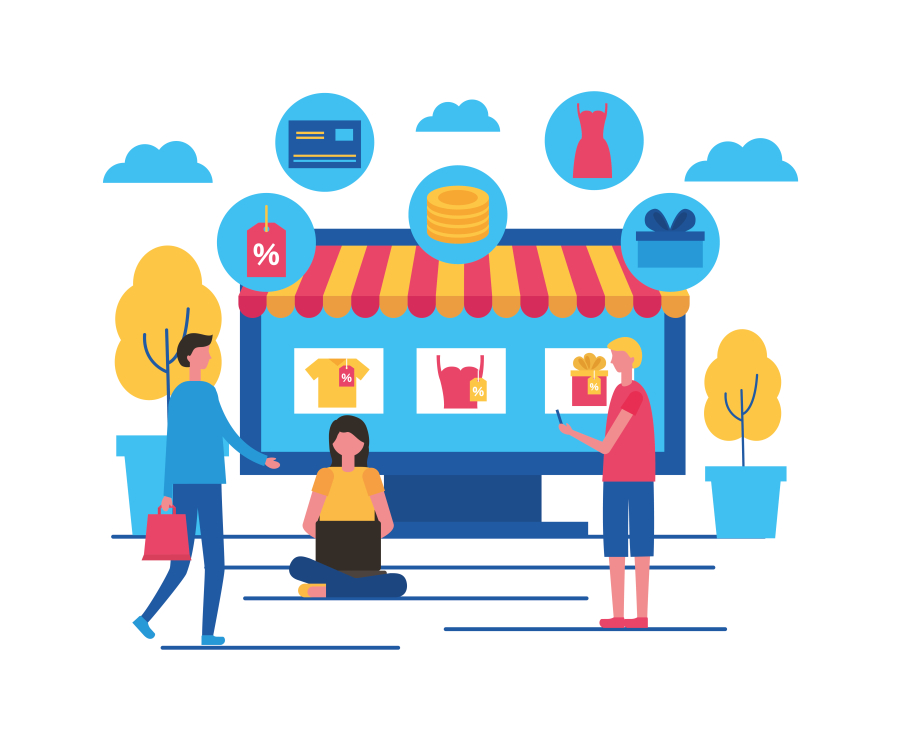How to Create a Memorable Brand Identity from Scratch
In the crowded world of freelancing and digital entrepreneurship, brand identity is not just about having a logo or a catchy tagline — it’s about crafting an experience. A strong brand identity allows your business to stand out, build trust, and remain recognizable in a saturated market. Whether you're a solo freelancer or launching a full-scale agency, the process of building a memorable brand starts from the inside out.
At FreelancerBridge, we know that many freelancers struggle to position themselves effectively in the market. This guide will walk you through step-by-step strategies to create a brand identity that resonates, builds loyalty, and converts casual browsers into lifelong clients.
Long Description: Step-by-Step Guide to Building a Brand Identity That Lasts
1. Understand What Brand Identity Really Means
Before jumping into visuals, understand what brand identity encompasses. It’s the visible and emotional representation of your business. It includes:
Visual components (logo, colors, fonts, imagery)
Verbal tone (messaging, voice, brand story)
Emotional connection (what your brand stands for, how it makes people feel)
Perceived value (trust, reputation, consistency)
In essence, brand identity = personality + presentation + perception.
2. Start With Brand Strategy First
A brand without strategy is just decoration. Start by answering these key questions:
Who are you? (Your mission, vision, values)
What do you offer? (Services or products)
Who is your target audience? (Demographics, pain points, desires)
What makes you different? (Your unique value proposition)
What are your brand goals? (Short-term and long-term)
Tip: Use a brand strategy worksheet or brief to document your answers.
3. Define Your Brand Personality
Imagine your brand as a human being. How would it behave, speak, and interact?
Common brand personality traits:
Professional and sophisticated
Bold and energetic
Friendly and approachable
Innovative and tech-savvy
Minimalist and modern
The clearer your personality, the more consistent and relatable your brand will feel across platforms.
4. Craft a Compelling Brand Name and Tagline
If you're creating a new brand from scratch:
Choose a name that’s easy to pronounce, spell, and remember
Check domain and social media availability
Ensure it’s legally available (trademark search)
Your tagline should summarize your core offering or promise in one memorable phrase. Example: “Empowering Legal Freelancers Worldwide”
5. Create a Strong Brand Story
People don’t connect with businesses — they connect with stories.
Your brand story should explain:
Why you started
The problem you solve
How you do it differently
The mission you’re on
Tip: Keep it human, authentic, and relatable. Use storytelling frameworks like the Hero’s Journey or Problem–Solution–Success.
6. Design the Visual Identity
Now that you have the strategy and story, it's time to develop the visual elements:
Logo
Your logo should be:
Scalable (works on large and small formats)
Versatile (color and black/white)
Aligned with your brand personality
Color Palette
Choose 3–5 core brand colors:
Primary color for brand recognition
Accent colors for visual variety
Neutral colors for backgrounds/text
Use color psychology to evoke desired emotions.
Typography
Select a font system:
Primary font for headings
Secondary font for body text
Accent fonts for highlights
Keep accessibility and readability in mind.
Imagery Style
Define a consistent visual style:
Photography vs. illustrations
Dark vs. light aesthetic
Minimalist vs. detailed
Tip: Create a brand style guide to keep your visual identity consistent across all mediums.
7. Define Your Brand Voice and Tone
Brand voice is how you communicate — not just what you say.
Examples:
Professional and concise for finance freelancers
Friendly and witty for creative consultants
Warm and reassuring for health or wellness brands
Tone can vary slightly by context (e.g., informative in articles, fun on social media) but should always reflect your personality.
8. Build a Cohesive Digital Presence
Your website, social media, and marketing materials should reflect your brand identity consistently.
Website Essentials:
Branded homepage with your core message
About page with your story and values
Portfolio or case studies
Clear CTAs and contact forms
Mobile-friendly and accessible design
Social Media Tips:
Use branded templates for posts and stories
Keep your bio, profile photo, and links aligned
Use a consistent posting voice and frequency
9. Apply Branding to Marketing Assets
Your branding should flow into everything you create, such as:
Email signatures
Business cards
Proposals and contracts
Invoices and onboarding documents
Slide decks or presentations
This professionalism builds brand trust and recognition.
10. Get Feedback and Iterate
Once you have your initial brand identity in place:
Share it with mentors or peers
Collect feedback from early clients
Watch audience response on social media and website analytics
Branding is not static. It evolves with your business, audience, and market trends. Make room for small, intentional changes as you grow.
11. Use Brand Guidelines to Stay Consistent
Create a simple brand guidelines document with:
Logo usage instructions
Color codes (HEX, RGB, CMYK)
Font usage rules
Image/photography examples
Voice and tone guidelines
This is useful whether you're a solo freelancer or working with collaborators or agencies.
12. Case Study: Freelance Designer Who Rebranded
Before: Generic portfolio, inconsistent colors, unclear services
Action: Created a brand strategy → redesigned logo → clarified voice → updated website
Result:
Increased client inquiries by 35% in 3 months
More referrals due to brand recognition
Easier client communication and onboarding
Conclusion: Your Brand Identity Is Your Business Reputation
Creating a memorable brand identity from scratch is a strategic, creative, and evolving process. It goes far beyond logos and colors. It’s about making people remember you, trust you, and choose you — again and again.
At FreelancerBridge, we help freelancers build strong, clear, and confident personal brands that attract the right clients. Whether you’re just starting or looking to rebrand, follow the steps above to craft an identity that reflects your purpose and propels your freelance career forward.


 by Emily
by Emily




